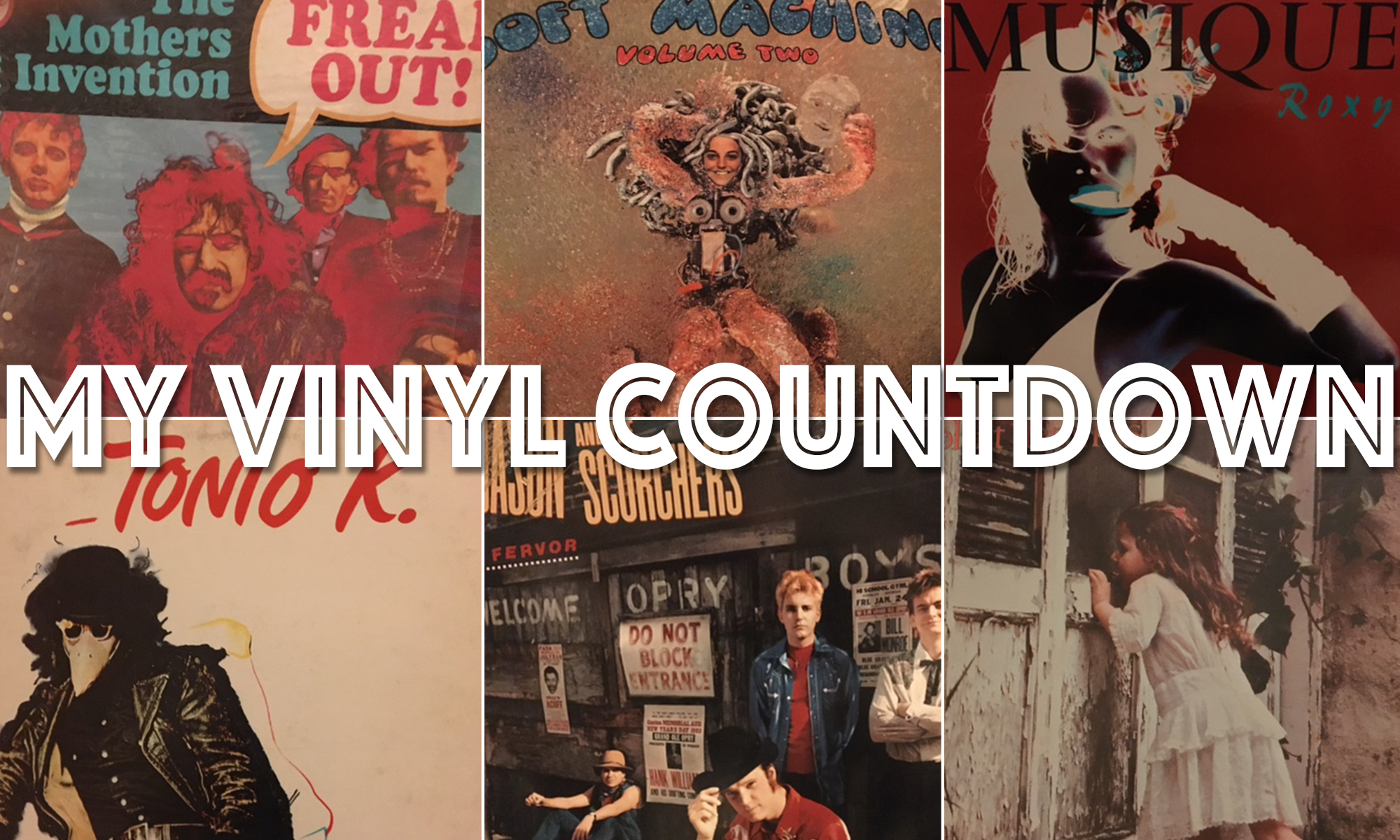ALBUMS: Queen II (1974); Sheer Heart Attack (1974; A Night at the Opera (1975); News of the World (1977).
MVC Ratings: Queen II 4.0/$$$; Sheer 4.0/$$$; Opera 4.5/$$$$; News, 3.5/$$$

I was an early Queen adopter. And that’s saying something because Queen was so sonic in your face, bombastic and so not Bohemian that many had strong feelings strong negative feelings about Queen.
The critics pretty much panned the group. In a Village Voice review pompastic critic Robert Christgau gave Queen II a five -word dismissal review. He wrote:
Wimpoid royaloid heavoid android void. C
Oh my Goid.
Of course it must have been all downhill from there. Not quite.
They later became at their peak, one of the most popular bands of all time.
Sure Queen II was heavoid but I was 14-year-old and thought the songs on the black side and white side (good versus evil) were really cool. Taking from the short-lived Glitter/Glam scene and heavy metal, Queen had musical talent on hand. Freddie Mercury, the lead singer with an amazingly powerful and wide-ranging voice, was also primary songwriter.
I never have had the self-entitled first album, although I’m familiar with it (the song’Tie Your Mother Down.’ particularly. Queen seemed to have pivoted after the critical slams of Queen II and released Sheer Heart Attack. It was a group of songs that that all sounded different, no connectivity whatsoever. There was, however, ‘Lily of the Valley’ which sounded like it belonged on Queen II.
A friend in my neighborhood in Indiana, who had introduced me to the group, said ‘They sold out, with Sheer Heart Attack.’ I didn’t agree.
(Shouldn’t we have been listening to John Mellencamp or John Hiatt in Indiana? Well, I moved before those two artists came to my attention).
In retrospect, it seems odd that some adolescent boys from Indiana known for its corn and a car race would be listening to Glam-rock British rockers. But we were, and still do.
The universal-ness of it all. Uh oh heavoid again.
So the scattershot nature of Sheer Heart Attack worked, mainly because of the big hit single ‘Killer Queen.’ This success set up the album ‘A Night at the Opera, which had the mega-hit ‘Bohemian Rhapsody’ a single like perhaps no other. There have been other ‘songs-within-a-song’ before — ‘Uncle Albert’ by Paul McCartney, ‘A Day in the Life’ by the Beatles and ‘Paradise by the Dashboard Light’ by Meatloaf come to mind.
But none of those, although quite popular, I think equals the universal appeal of Bohemian Rhapsody with its outrageous blending of opera, rock and roll and romantic balladry.
About this time 1977-78, I was getting ready to graduate from high school and moving on in the state of Georgia. I inherited ‘News of the World’ from my wife, but it wasn’t the same Queen, and it wasn’t the same me.
I was ready to movoid down the road picking up other great music along the way. Like Mellencamp and Hiatt.




